Images That Moved a Nation
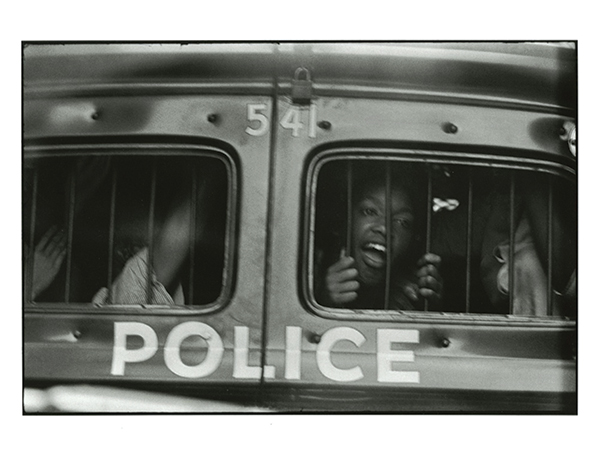
© dektol@wordpress.com, courtesy Etherton Gallery.
Danny Lyon: Memories of the Southern Civil Rights Movement
In the modern era, prior to the internet and the 24-hour news cycle, photographs alone had the power to galvanize public opinion around an issue, movement or story. From Jacob Riis’ How The Other Half Lives in 1890, which depicted the dire conditions of New York slums, to the 1948 Life Magazine photo essay Country Doctor by W. Eugene Smith depicting a vanishing way of life, these works moved a nation. However, one of the most significant examples of photojournalism took place in the early 1960s, capturing the civil rights movement. Images circulated, showing a way of life in the southern United States that was so different from life in other parts of the country, and were hard to fathom. Beset by journalists from around the globe, the news photographs depicted a nation in crisis and a tinderbox ready to explode.
But a fascinating thing happened when an artist, as opposed to a news organization, turned his eye towards the political firestorm. The work of renowned photographer Danny Lyon has always explored boundaries and made viewers think differently due to his subject mater and total immersion into a way of life. Lyon’s images between 1962-63 remain a staggering document of the era.
This month marks the 50th anniversary of the Civil Rights Act, and as February is also Black History month, Etherton Gallery has staged an exhibition of 50 photos from Lyon’s body of work on the subject. Lyon has continued to examine hot-button topics in his long and fruitful career. His most famous works include The Bikeriders in 1967, that documented an outlaw motorcycle gang and Conversations with the Dead, which chronicled inmates in Texas in 1971. His work depicts a way of life at that specific moment in time which still resonates today regardless of the time elapsed.
It remains hard to fathom the discrepancy in the way of life in America during this time. Lyon’s work, much like that of acclaimed photographer Robert Frank in his The Americans, captures a world unvarnished and unapologetic. In images that are as simple as a depiction of a water fountain or an entrance divided for use by different races, to images that depict the movement of unrest, arrest and civil disobedience Lyon is an observer and chronicler of a sad chapter in American history. An ironic dignity is imbued in the images of what so recently shamed our country, and the fight to change it that was so hard fought.
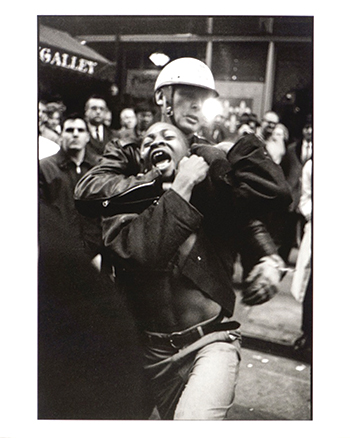
© dektol@wordpress.com, courtesy Etherton Gallery.
While much will be made of the 50th anniversary of the landmark legislation this month, it remains somewhat easy to forget what the world looked like prior to its institution. Lyon, fresh from college and anxious to capture the world around him traveled from New York to the south at age 20 and managed to create defining and staggering works that retain their power to move an audience more than 50 years later. While many of the images appeared in a civil rights book entitled The Movement, the work may not be as familiar as his other works which he self published later in his career.
The sense of grace in the face of oppression is remarkable and even more so now that many of the people depicted in Lyon’s images are senior citizens or may have died. These images may be the only catalog of their type in the capturing of the faces and events as they happened, as Lyon was surely the only photographer on site when the photos were taken. It’s doubtful that a contemporary group of images, even on the same topic, could carry as much weight as this body of work does in the modern world. The act of revisiting them or even discovering them for the first time is quite remarkable.
Gallery owner Terry Etherton has had a long history with Lyon and he “jumped at the chance” to show the work following the successful showing of the Bikerider series in 2012. This show’s images were curated by Lyon from the larger body and printed in 2006 as one of 10 complete sets. Etherton plans to tour the show much like a museum would, following the exhibition here. Look for a Lyon talk at the UA Center for Creative Photography this spring as a companion piece to this staggering show.
Danny Lyon: Memories of the Southern Civil Rights Movement is on display at Etherton Gallery February 8 though April 19. The gallery is located at 135 S. Sixth Ave. More details at EthertonGallery.com or by calling (520) 624-7370.



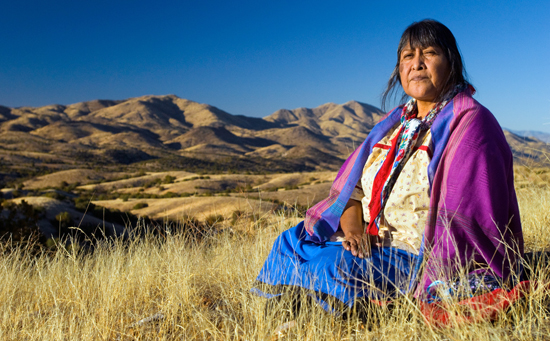








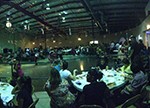































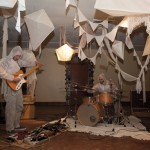



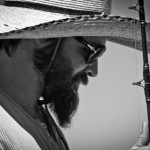








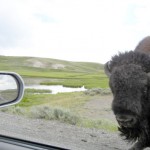






















Also find us on...